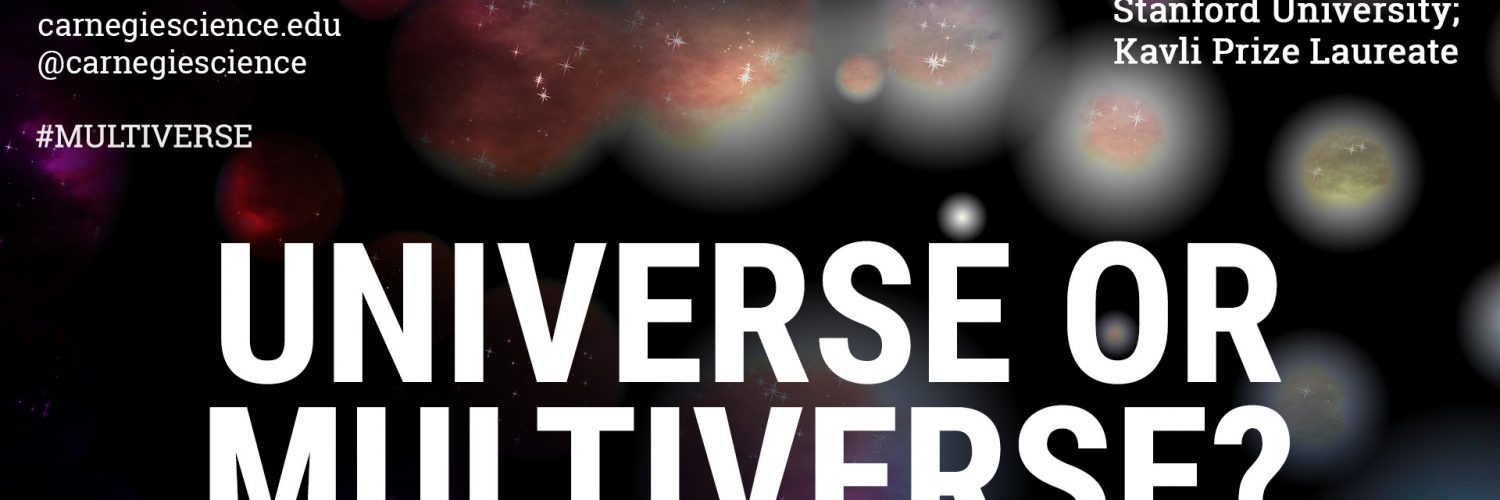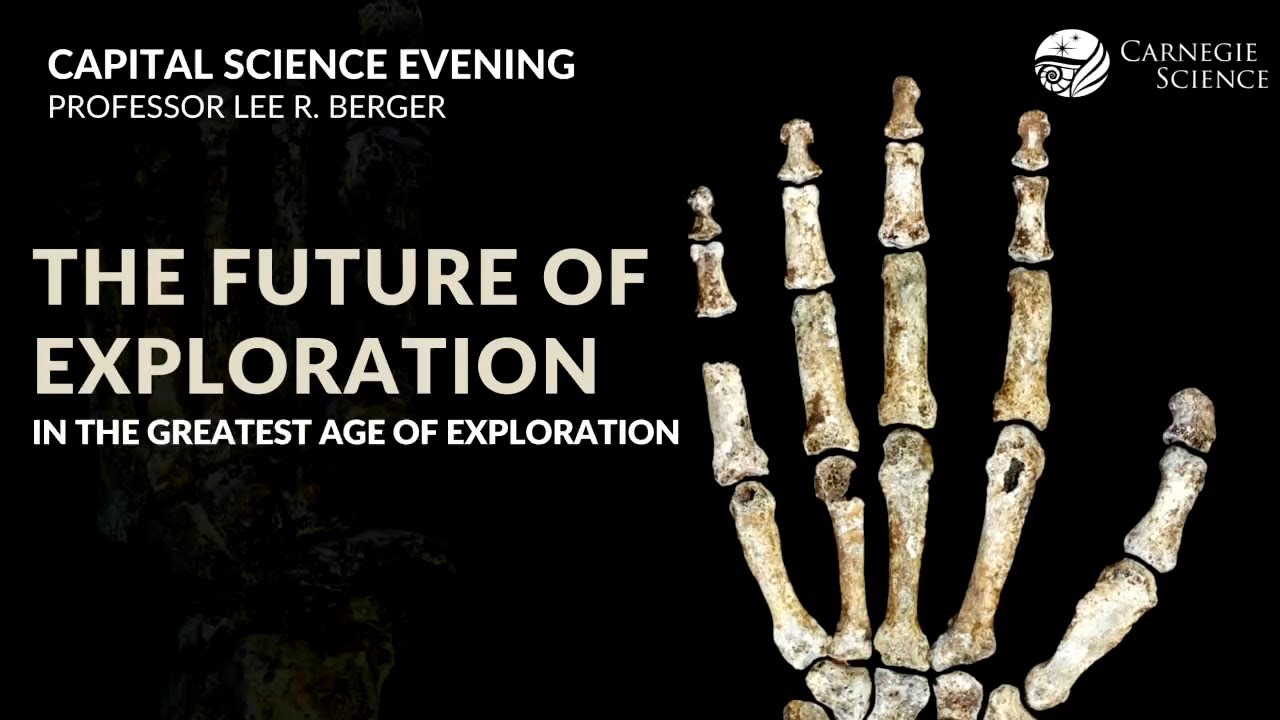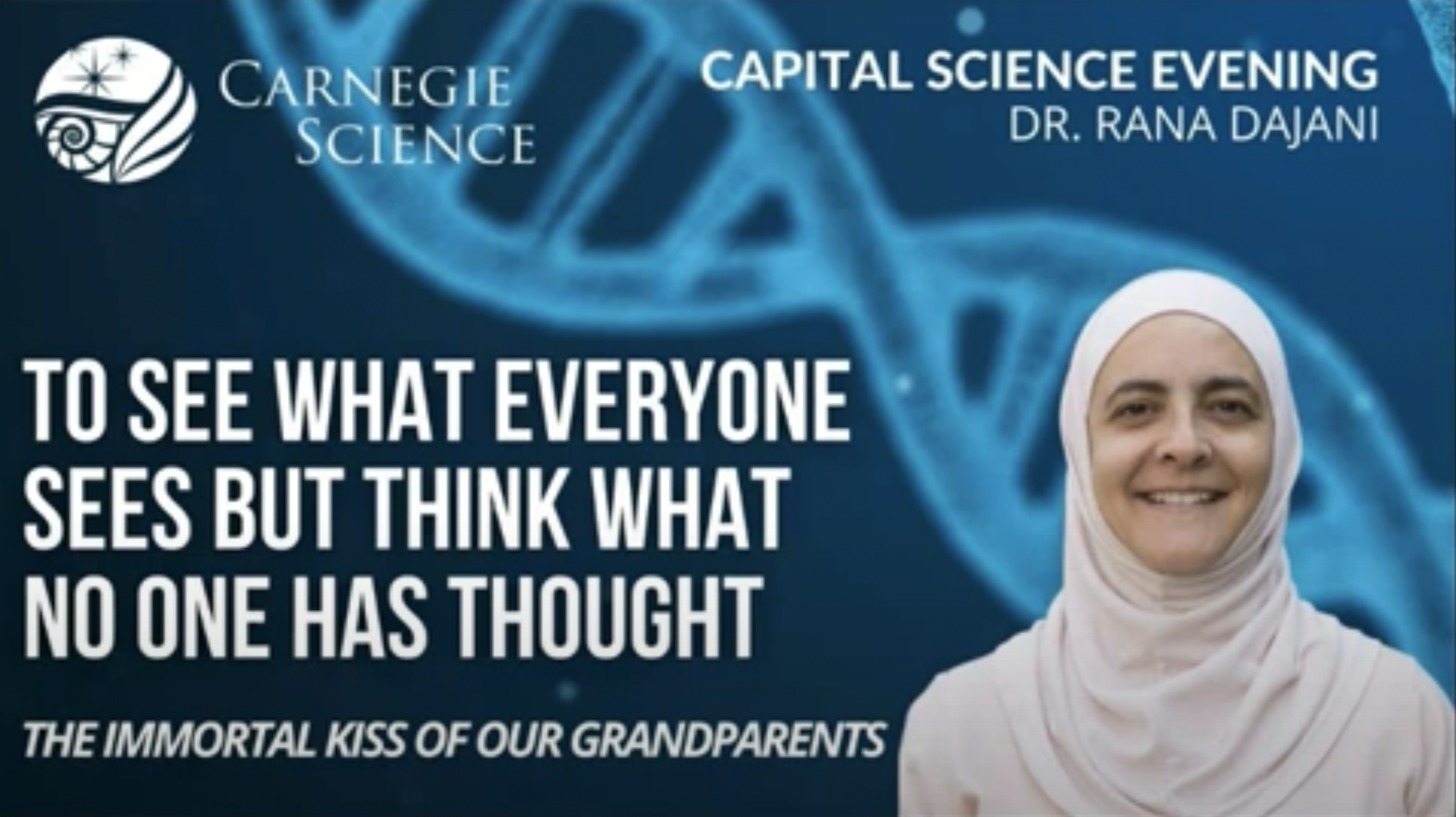Cosmological observations show that on the largest scales accessible to our telescopes, the universe is very uniform, and the same laws of physics operate in all the parts of it that we can see. Rather paradoxically, the theory that explains this uniformity also predicts that on extremely large scales, the situation may look totally different. Instead of being a single spherically symmetric balloon, our universe may look like a multiverse—a collection of many different exponentially large balloons with different laws of physics operating in each. In the beginning, this picture looked more like a piece of science fiction than a scientific theory. However, recent developments in inflationary cosmology, particle physics, and string theory provide strong evidence supporting this new cosmological paradigm.
Dr. Andrei Linde: Professor of Physics, Stanford University; Kavli Prize Laureate
#Multiverse
The conversation will be moderated by George Washington University School of Media and Public Affairs Director and Emmy winning journalist Frank Sesno.
Co-hosted by the Carnegie Institution for Science with The Kavli Foundation, the Royal Embassy of Norway, and the Norwegian Academy of Science and Letters. The Kavli Prize is a partnership between The Norwegian Academy of Science and Letters, The Kavli Foundation (United States), and The Norwegian Ministry of Education and Research.
Image





